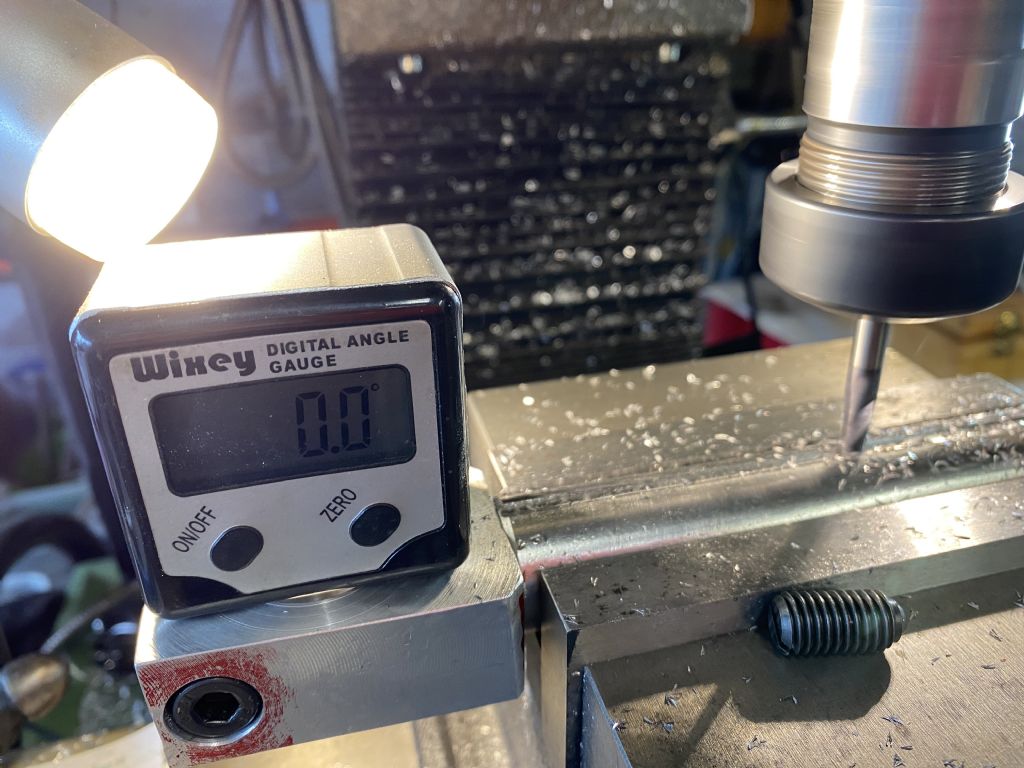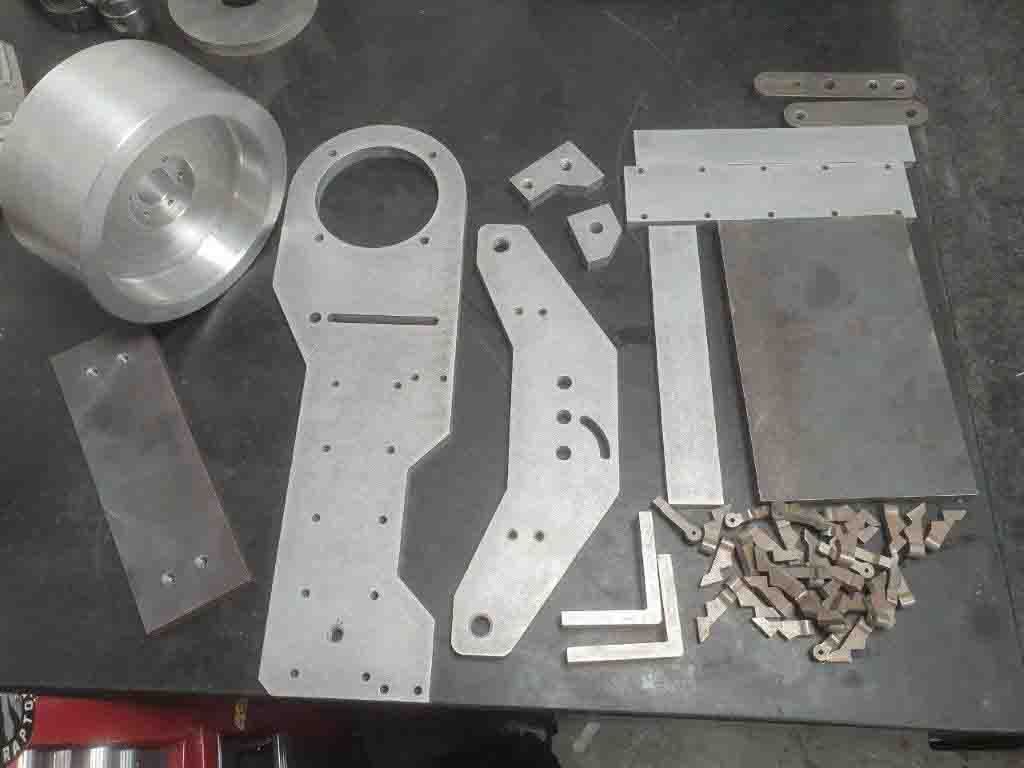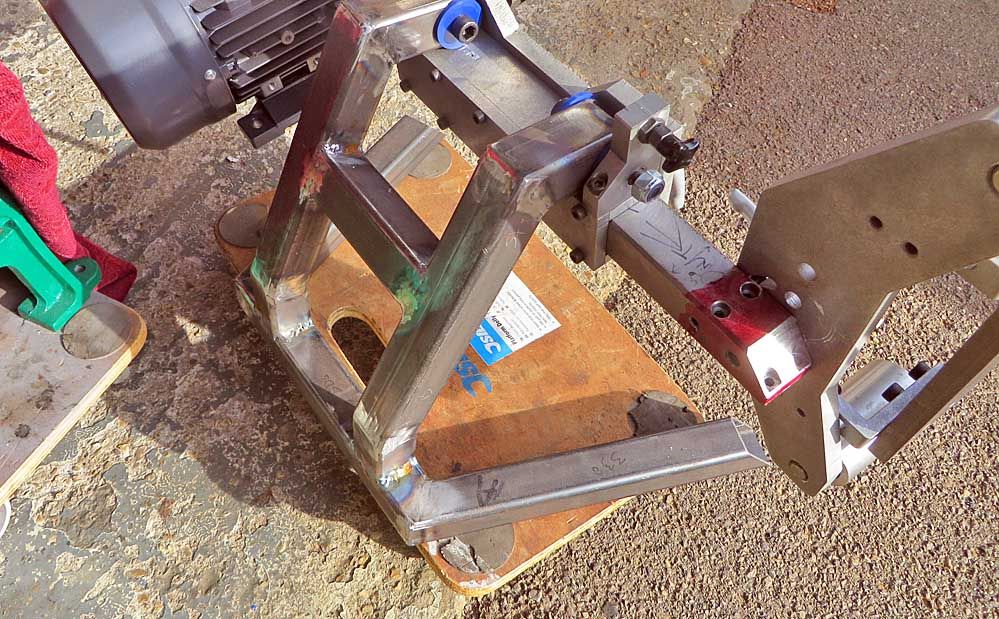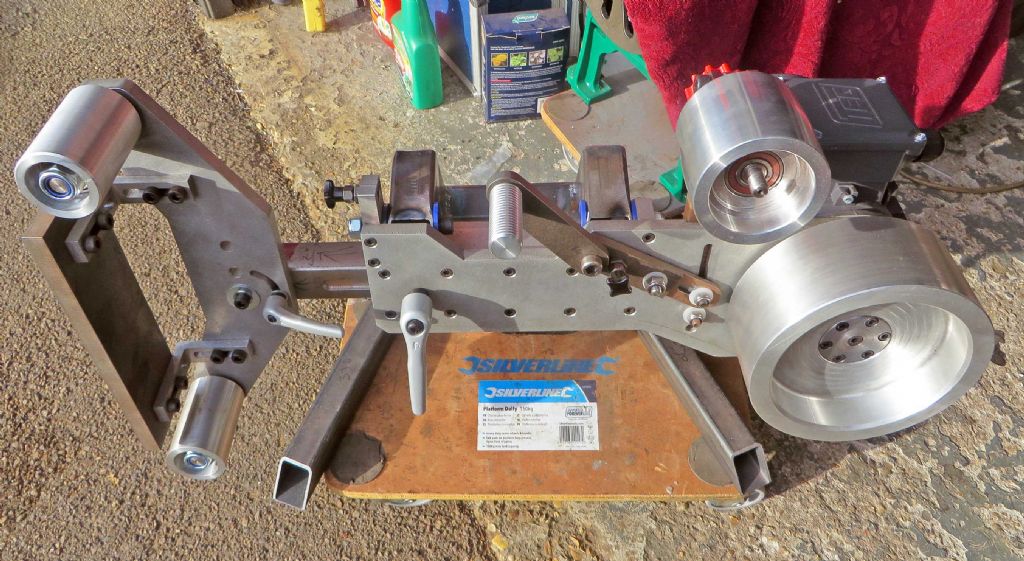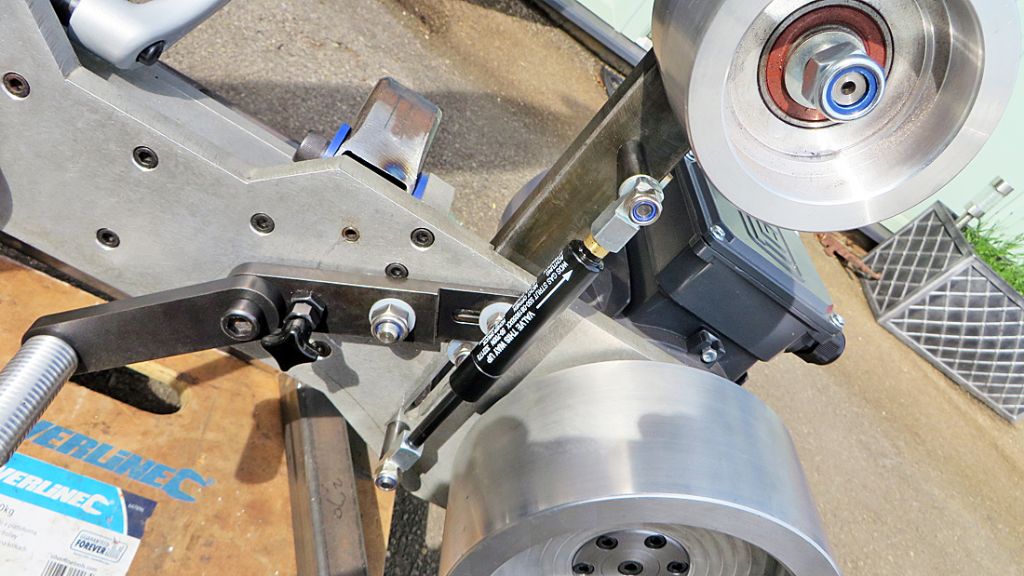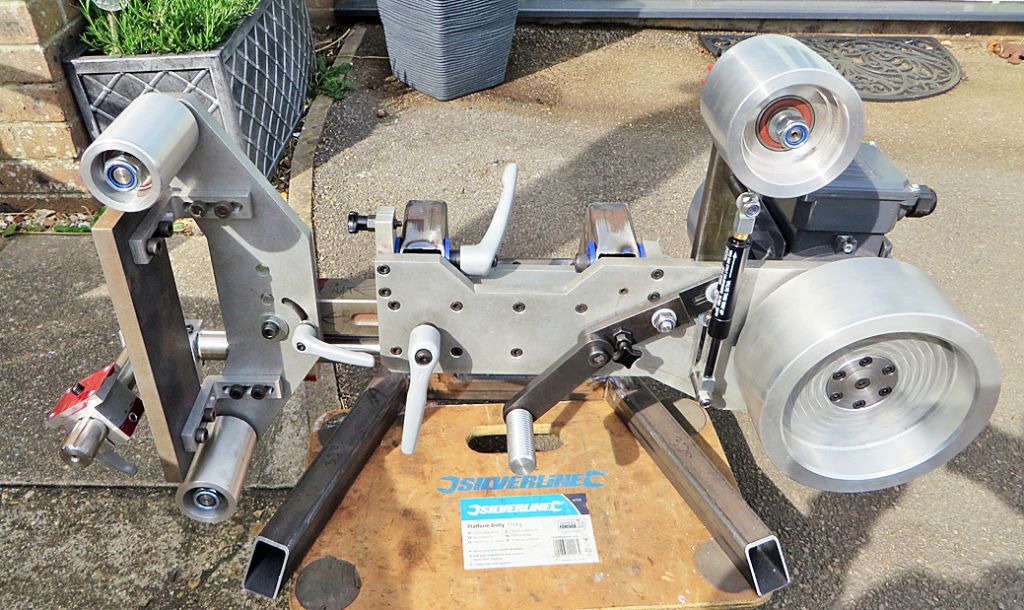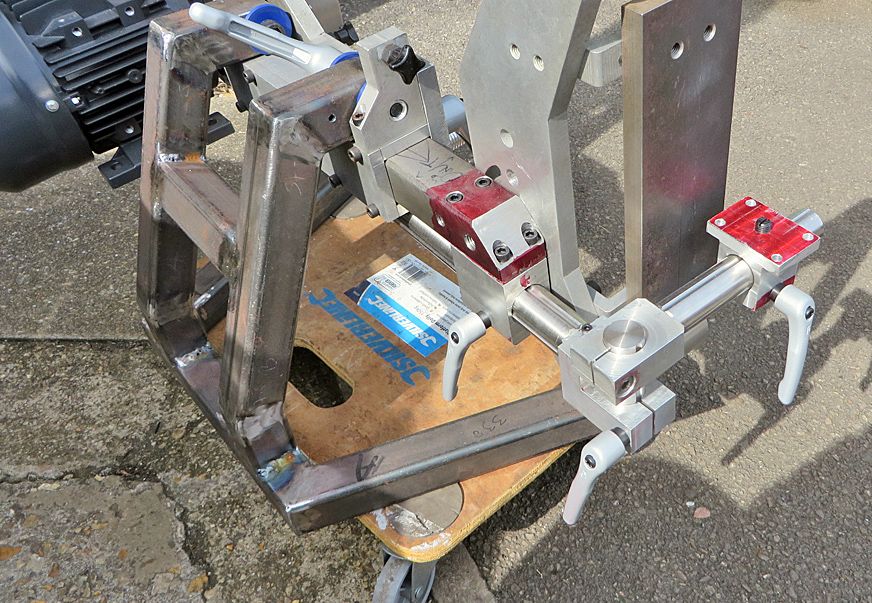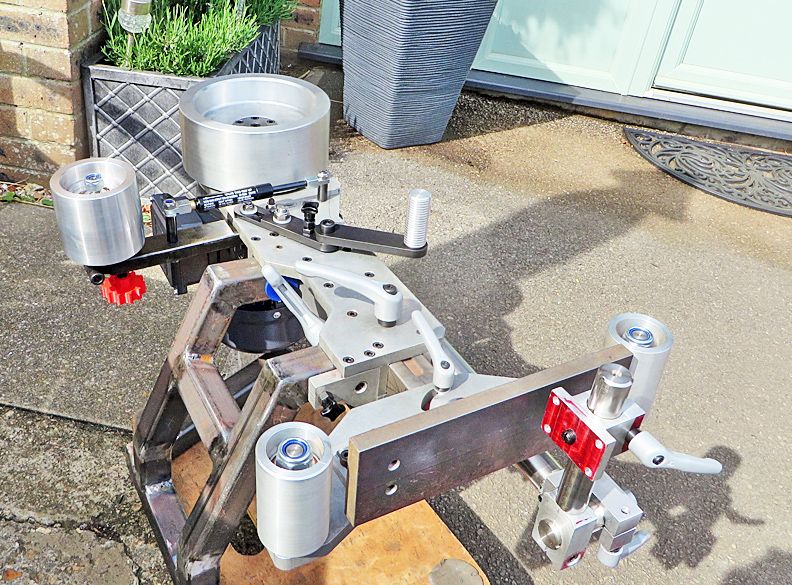75mm x 2000mm Belt Linisher Build Thread
75mm x 2000mm Belt Linisher Build Thread
- This topic has 48 replies, 22 voices, and was last updated 25 May 2022 at 00:47 by
Raymond Pullen.
- Please log in to reply to this topic. Registering is free and easy using the links on the menu at the top of this page.
Latest Replies
Viewing 25 topics - 1 through 25 (of 25 total)
-
- Topic
- Voices
- Last Post
Viewing 25 topics - 1 through 25 (of 25 total)


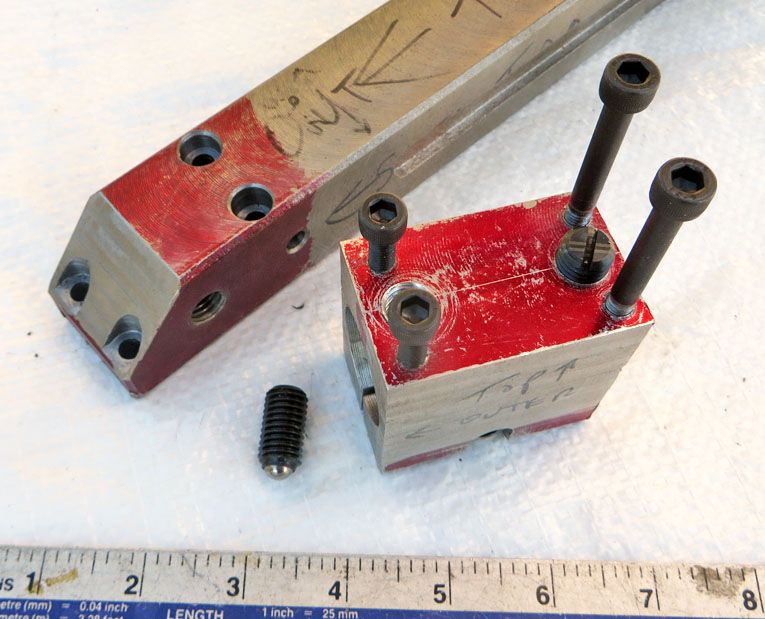
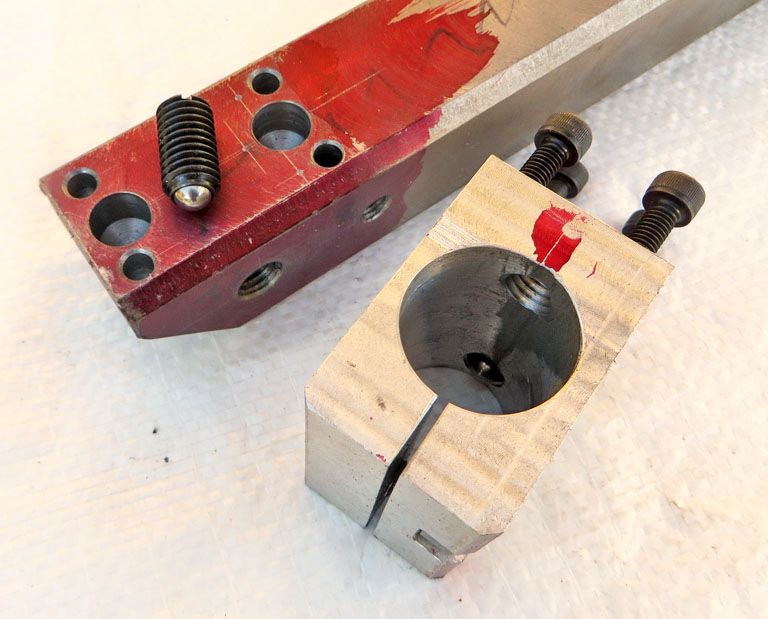
 belt grinder of Brian House kits. Much simpler than what you're building tho. What VFD and motor are you using?
belt grinder of Brian House kits. Much simpler than what you're building tho. What VFD and motor are you using? 